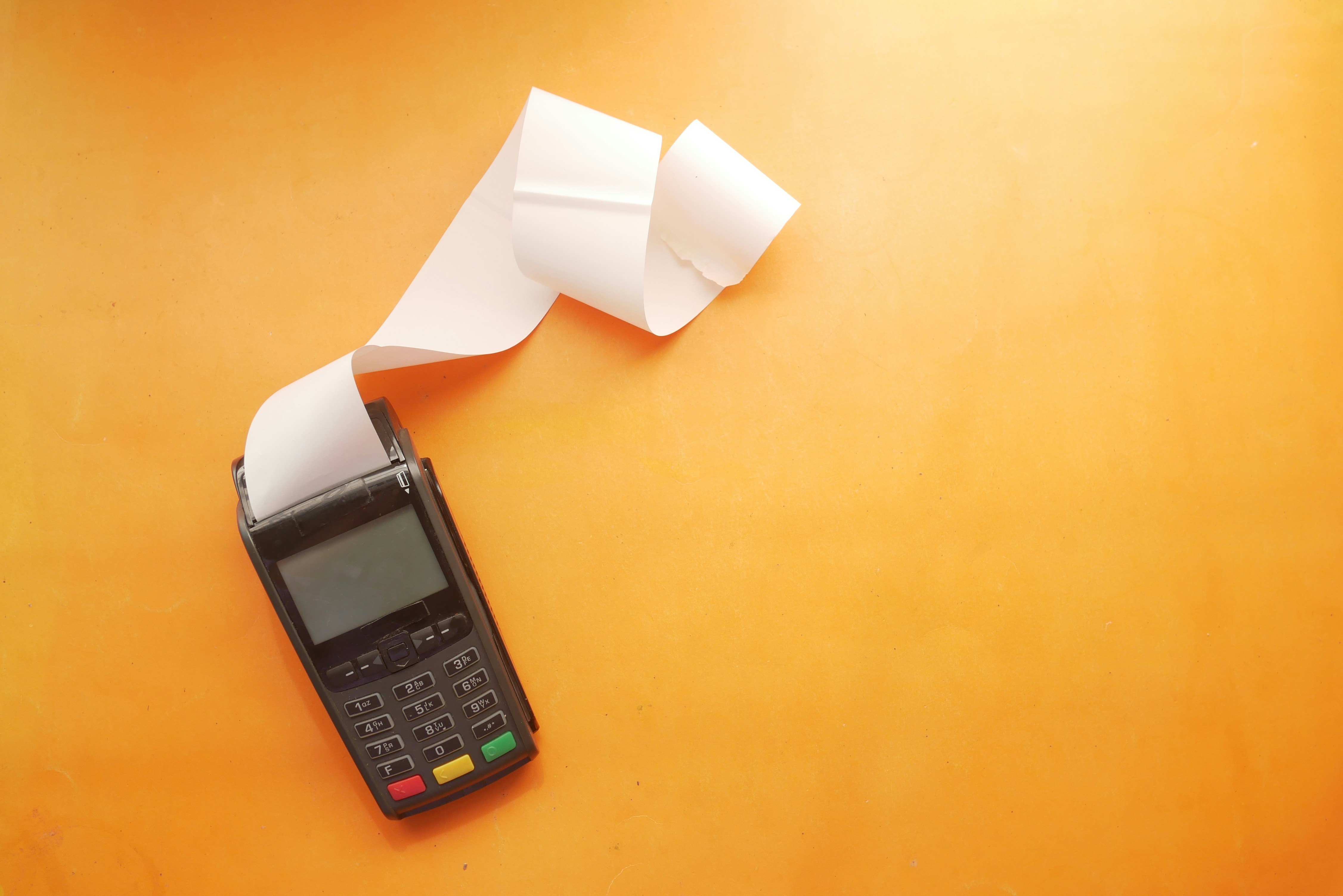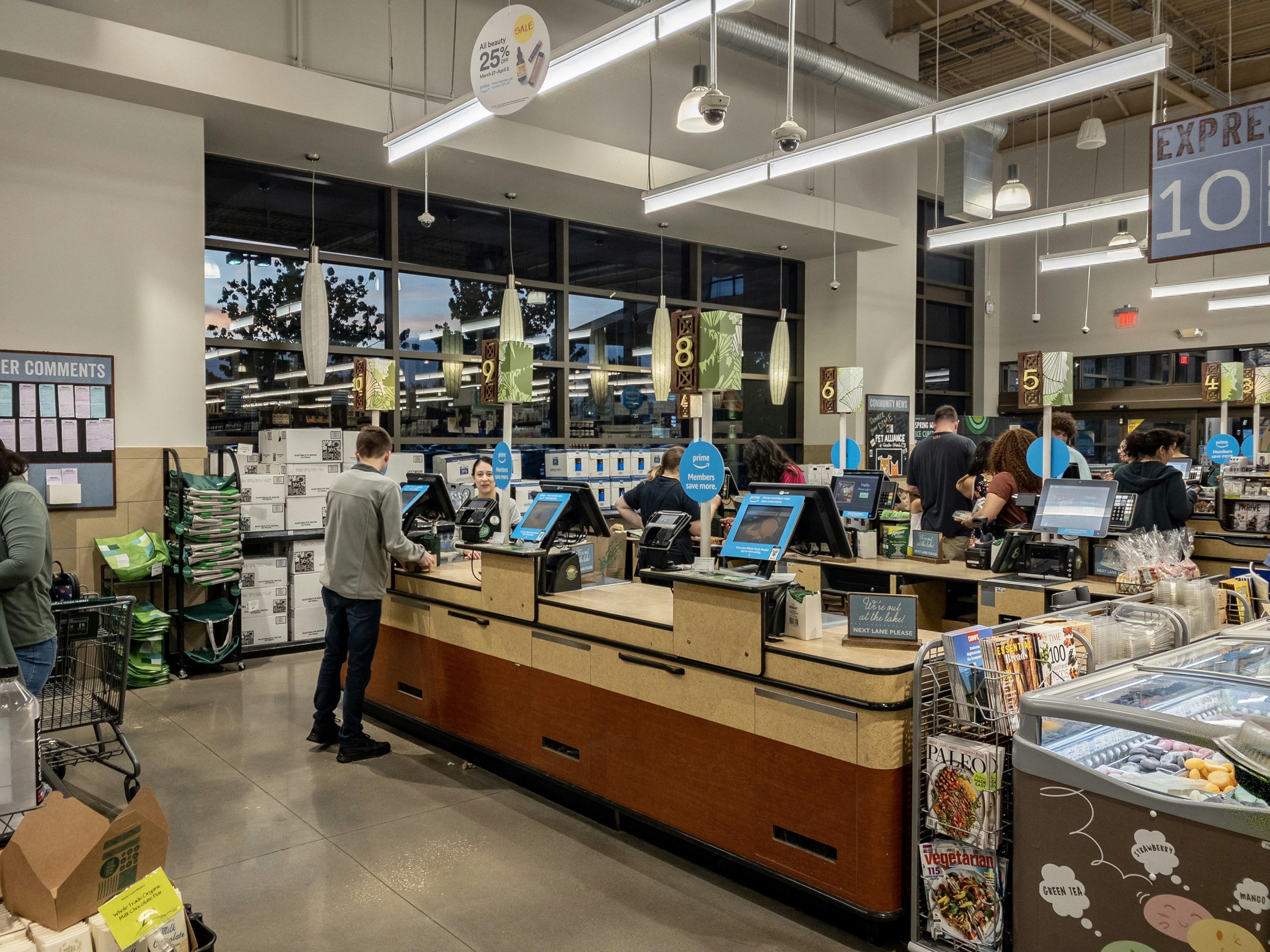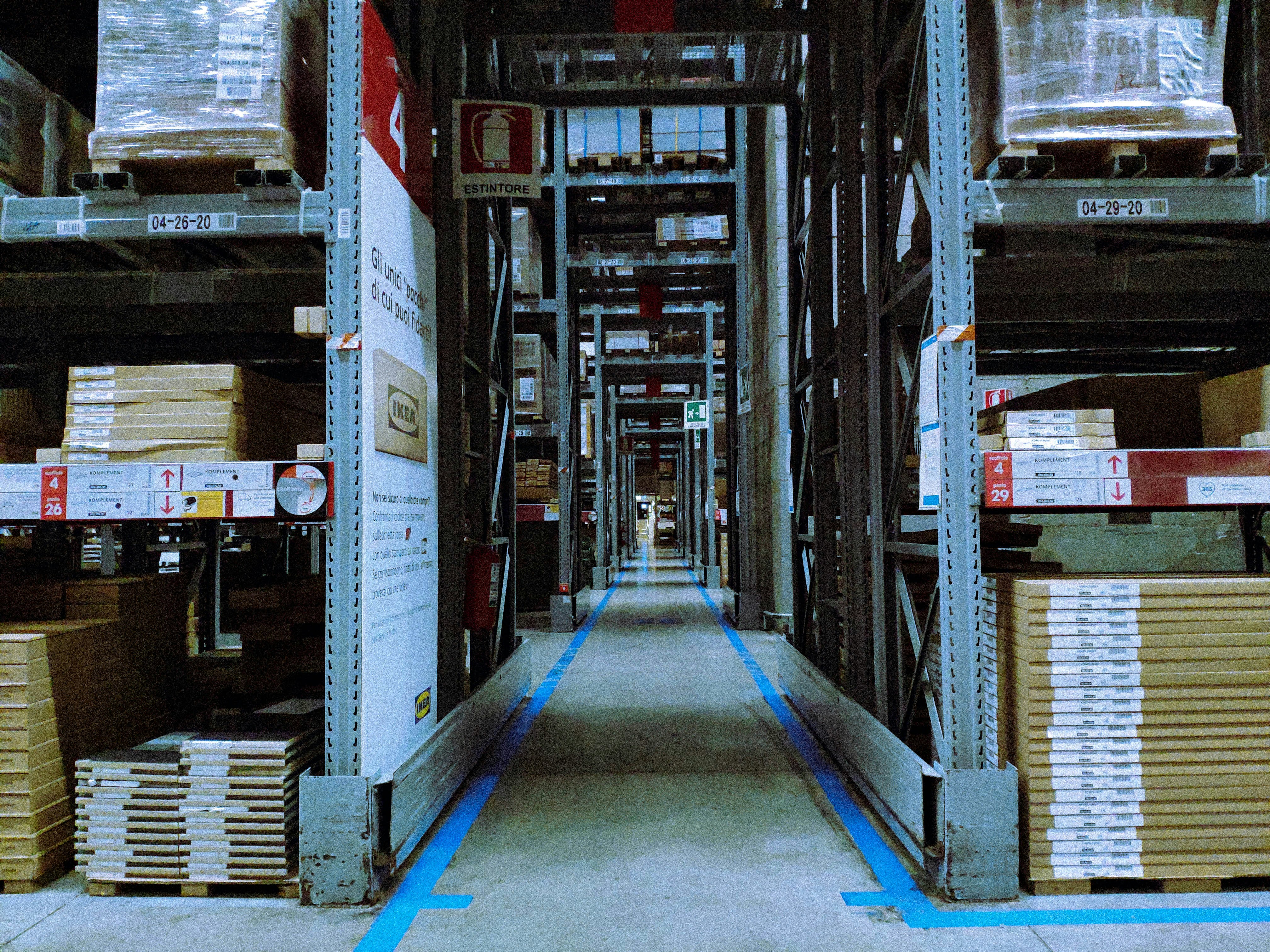Introduction to Barcode Receipts
In the rapidly evolving landscape of retail and consumer technology, barcode receipts emerge as a significant innovation in the realm of digital orders. Barcode receipts are digital representations of purchase transactions that utilize unique barcodes to encapsulate essential purchase information, such as item details, prices, and payment confirmations. Their growing popularity is largely attributed to the shifting habits of consumers who increasingly prefer convenience and technology-driven solutions over traditional methods.
The transition from conventional paper receipts to digital formats, including barcode receipts, parallels the broader digitization trend witnessed across various industries. As consumers embrace online shopping and mobile transactions, the necessity for efficient, cost-effective, and eco-friendly alternatives becomes apparent. Barcode receipts fit seamlessly into this new paradigm, offering not only a modernized method of tracking purchases but also reducing the environmental footprint associated with paper waste.
Furthermore, barcode receipts streamline handling and storage tasks for both consumers and retailers. For consumers, the simplicity of scanning a barcode can instantly recall detailed transaction histories without the clutter associated with accumulating paper receipts. Retailers, on the other hand, benefit from enhanced data management capabilities, enabling them to monitor sales trends and customer preferences more effectively. This aligns with the need for businesses to adopt sustainable practices, a priority that increasingly influences consumer choices and brand loyalty. Thus, the implementation of barcode receipts presents a compelling synthesis of efficiency and environmental consciousness.
As digital orders continue to gain traction, understanding the implications and advantages of barcode receipts becomes imperative. This modern approach not only enhances the shopping experience but also emphasizes the importance of sustainable practices in today’s consumer-driven market.
How Barcode Receipts Work
Barcode receipts are integral to modern shopping experiences, particularly in the realm of digital orders. At the core of this technology are various types of barcodes, such as QR codes and UPC codes. Each barcode consists of a series of black and white bars that encode specific information, enabling quick and accurate data processing during transactions.
QR codes, or Quick Response codes, are two-dimensional barcodes that can contain extensive information, including URLs, product details, and payment instructions. Their capability to store more data than traditional barcodes makes them particularly useful in digital transactions. UPC codes, on the other hand, are one-dimensional and primarily used in retail to identify products at the point of sale. They provide a unique identifier for each product, facilitating efficient inventory management and sales tracking.
The technology behind barcode receipts involves both hardware and software components. Scanners, which can be handheld devices or integrated into point-of-sale systems, read the barcodes by capturing the reflected light from the printed code. This data is then processed by specialized software to extract the encoded information, allowing businesses to record transactions and manage inventory seamlessly.
Mobile devices play a crucial role in the utilization of barcode receipts, particularly with the growing adoption of mobile wallets and apps dedicated to managing purchases. Customers can simply scan the barcode on their digital receipts using their smartphones to access their order details, track their purchases, or for returns, without the need for physical copies. This digitization streamlines the entire shopping process, enhancing customer experience and operational efficiency.
As technology evolves, the adoption of barcode receipts is expected to increase, reflecting the shift towards more digital and paperless solutions in retail. This trend offers not only convenience but also significant potential for cost savings and environmental sustainability.
Benefits of Using Barcode Receipts
Barcode receipts are increasingly becoming integral to the shopping experience, both for consumers and retailers. One of the primary benefits of barcode receipts is enhanced customer convenience. With a mobile device, consumers can effortlessly scan their receipts, which simplifies the process of managing purchases and returns. This immediacy allows consumers to quickly access their transaction history and validate purchases without the need to keep physical receipts.
Additionally, the adoption of barcode receipts contributes significantly to reducing paper waste. Traditional receipts typically use thermal paper, which is not easily recyclable and contributes to environmental destruction. By transitioning to digital barcode receipts, retailers can lower their carbon footprint while appealing to eco-conscious customers. This move not only assists in sustainability efforts but also aligns with the evolving preferences of a more environmentally aware shopper base.
Another advantage of using barcode receipts is the expedited checkout processes they enable. By incorporating barcode technology, retailers can streamline transactions, reducing wait times for customers. This not only enhances customer satisfaction but can also increase sales during peak shopping periods. Faster checkout aligns with consumer expectations in today’s fast-paced world, where efficiency and time management are paramount.
Improved record-keeping is another significant benefit associated with barcode receipts. Retailers gain valuable insights into consumer purchasing patterns through scanned data, enabling them to make informed inventory decisions and tailor their marketing strategies accordingly. This capability opens the door for personalized marketing efforts, which can create more engaging shopping experiences for customers.
In summary, barcode receipts offer a multitude of benefits that range from enhancing consumer convenience to promoting sustainability, all while providing retailers with effective tools to improve their operations and strategic marketing initiatives.
Adopting Barcode Receipts in Retail Practices
As retail continues to evolve in the digital age, adopting barcode receipts presents an innovative way for retailers to streamline their operations. To successfully integrate this technology into existing practices, retailers must focus on several key areas: infrastructure upgrades, staff training, and point-of-sale system integration.
First and foremost, upgrading the necessary infrastructure is crucial. Retailers must invest in printers capable of generating barcode receipts, ensuring that these devices are compatible with their current systems. This may also include investing in barcode scanners that can digitize physical receipts, thereby allowing customers quicker access to their purchase details. Implementing cloud-based systems for data storage can enhance accessibility and security, making it easier to manage and retrieve transaction records.
Staff training is another critical component of the transition to barcode receipts. Employees need to understand how barcode technology works and the benefits it provides both to the business and the customers. Comprehensive training programs should cover how to operate new hardware, how to troubleshoot common issues, and the importance of maintaining customer privacy. By equipping employees with the right knowledge, retailers can significantly improve the customer experience, as staff will be better prepared to assist with inquiries and resolve issues.
Integrating barcode receipts into existing point-of-sale systems also requires attention. Retailers should collaborate with software providers to ensure that their systems can easily accommodate barcode receipt functionality. This integration should promote seamless transitions from traditional paper receipts to digital formats, while retaining the ability to provide customers with tracking and return options. Successful implementations from companies like Walmart and Target demonstrate that adopting barcode receipts can lead to increased efficiency and customer satisfaction, paving the way for improved retail practices.
Challenges and Solutions
The integration of barcode receipts into digital order systems presents retailers with several challenges that need to be addressed to facilitate smoother transitions. A primary concern involves technical difficulties that may arise during implementation. Retailers may face complications with software compatibility, hardware setups, and integration with existing sales systems, which can impede the effectiveness of barcode receipts. Thus, it is essential for businesses to conduct thorough planning and invest in robust technology solutions. Collaborating with experienced vendors can help streamline the transition process. Additionally, investing in adequate training for staff can mitigate potential misunderstandings and facilitate better customer service.
Another significant challenge is customer acceptance of barcode receipts. Many shoppers may be accustomed to traditional printed receipts and could perceive the shift to digital receipts as impersonal or complicated. To address this issue, retailers should engage in educational initiatives that emphasize the benefits of barcode receipts, such as environmental sustainability, ease of tracking purchases, and potential for digital returns. Creating user-friendly interfaces and providing clear instructions on how to access and use barcode receipts can also foster positive customer experiences and acceptance.
Moreover, privacy concerns related to data collection potentially pose a significant barrier. As barcode receipts often require capturing customer information, retailers must ensure compliance with data protection regulations. This can be achieved by implementing transparent data practices and providing customers with the option to opt-out of data collection when using barcode receipts. Furthermore, retailers should articulate their data usage policies clearly and assure customers that their information is protected via encryption and secure storage practices. By addressing these challenges proactively, retailers can successfully implement barcode receipts while enhancing customer trust and satisfaction.
Consumer Perspectives on Barcode Receipts
As shopping increasingly transitions into the digital realm, consumers’ preferences regarding purchase confirmations are pivotal in shaping future retail practices. A growing number of shoppers express a preference for barcode receipts, as they align with the broader trend of digitization in the retail experience. Research indicates that many consumers appreciate the convenience of receiving digital receipts over traditional paper ones. A recent survey outlined that approximately 64% of participants preferred digital receipts, specifically those incorporating barcodes, as they facilitate easier access and management of purchase records.
One significant advantage of barcode receipts is their improved readability. Consumers often point out the difficulties they encounter with traditional paper receipts, which can fade, smudge, or tear over time. In contrast, barcode receipts, when accessed digitally, maintain their clarity and provide an efficient means for shoppers to track their transactions effortlessly. The ability to scan barcode receipts through mobile applications not only enhances the user experience but further solidifies consumer confidence in their purchasing decisions.
Accessibility also stands out as a critical factor for consumers when evaluating receipt formats. Digital receipts are perceived to offer superior accessibility, given that they can be stored on smartphones or cloud services, enabling shoppers to retrieve them at any time. This shift favors environmentally conscious customers who seek to minimize paper waste while retaining essential information related to their transactions. Moreover, customers who typically engage in returns or exchanges find barcode receipts advantageous, as the scanning feature often streamlines the process, making it more efficient for both the consumer and the retailer.
Overall, the acceptance of barcode receipts marks a significant transformation in consumer behavior, driving retailers toward innovative solutions that cater to the evolving needs of shoppers. Preferences for digital formats are clear, with consumers favoring options that offer better readability and accessibility in today’s fast-paced shopping environment.
Legal and Regulatory Considerations
The rise of digital transactions has revolutionized the shopping landscape, leading to the increasing use of barcode receipts. However, this shift brings forth various legal and regulatory challenges that retailers must navigate. One key aspect is compliance with regulations governing digital transactions, which can vary significantly by jurisdiction. Retailers must ensure that their use of barcode receipts aligns with local laws concerning electronic payment methods and consumer protection.
Additionally, data protection laws, such as the General Data Protection Regulation (GDPR) in Europe and the California Consumer Privacy Act (CCPA) in the United States, impose stringent requirements on businesses regarding the collection, storage, and processing of personal information. When utilizing barcode receipts for digital orders, retailers must implement robust data security measures to protect sensitive customer data from unauthorized access or breaches. This includes encrypted transmission of information and secure storage systems, which not only fulfill legal obligations but also help to foster trust with customers.
Another critical consideration is consumer rights, which dictate that customers must be fully informed about how their data will be used. This includes transparent communication regarding the retention period of data collected through barcode receipts and their rights to access, modify, or delete that information. By adhering to these consumer rights, businesses can cultivate a positive relationship with their clientele, ultimately leading to enhanced customer loyalty and satisfaction.
In light of these legal aspects, it is evident that the proper handling of barcode receipts in digital transactions is vital for compliance and consumer trust. Retailers must remain vigilant regarding evolving regulations to ensure that their practices not only meet legal requirements but also uphold the rights of their customers.
Future Trends in Barcode Technology for Digital Orders
As the retail landscape continues to evolve, barcode technology is expected to play a pivotal role in enhancing digital orders. One of the most significant advancements anticipated is the integration of augmented reality (AR), which can offer consumers interactive experiences while shopping. By utilizing AR along with barcode technology, shoppers will be able to scan products to receive additional information, view digital reviews, and even see virtual demonstrations directly through their smartphones. This innovative approach can enhance the overall consumer experience, making shopping more engaging and informative.
In addition to AR, blockchain technology is set to revolutionize the security of barcode transactions. Implementing blockchain can provide a decentralized, immutable ledger for recording barcode data related to purchases. Such integration ensures that transactions related to digital orders are secure and transparent, reducing issues like fraud and product counterfeiting. Consumers can have confidence in the authenticity of their digital purchases, and retailers can better manage their inventory in real-time through blockchain-based systems.
Moreover, the ongoing advancements in 2D barcode technology, like QR codes and Data Matrix codes, are expected to further facilitate the processing of digital orders. These barcodes can store significantly more information than traditional linear barcodes, which allows retailers to provide detailed product specifications, pricing, and promotional offers. As retailers increasingly adopt this technology, barcode receipts will become a critical component in the seamless transition between online and offline shopping experiences.
Furthermore, the integration of Internet of Things (IoT) devices in conjunction with barcode technology is a promising trend. Smart shelves capable of detecting inventory levels and automatically updating barcode data can streamline the supply chain and enhance customer satisfaction. This convergence of technologies can lead to a more efficient retail environment, ultimately benefiting both retailers and consumers alike.
Conclusion: The Path Ahead
As we reflect on the evolution of shopping, it is evident that barcode receipts for digital orders represent a significant transformative tool in the retail industry. These digital receipts not only improve the efficiency of transaction processes but also enhance the overall customer experience by providing instant accessibility to purchase details. The integration of barcode technology enables a seamless blend of online and in-store shopping, facilitating tracking and returns, which are crucial for customer satisfaction in the ever-competitive landscape of retail.
Furthermore, the significance of staying informed about technological advancements in this domain cannot be overstated. The retail sector is rapidly evolving with innovations, and being abreast of these changes helps both businesses and consumers adapt to new shopping paradigms. Retailers who embrace barcode receipts and the broader spectrum of digital tools can expect to improve operational efficiencies and foster greater customer loyalty. As consumer habits evolve towards more digital solutions, businesses must remain agile and open to implementing these necessary advancements.
Looking ahead, the focus on sustainability will continue to drive retail innovation. Barcode receipts can contribute to this movement by minimizing unnecessary paper waste, as they can be easily stored and accessed on mobile devices. Retailers must not only implement these practical solutions but also educate their customers about the benefits of utilizing digital receipts, thus paving the way for an enhanced shopping experience.
In conclusion, the path ahead for barcode receipts in digital orders is one filled with potential. As the retail industry embraces digital transformation, stakeholders must prioritize continuous learning and adaptation to leverage these technologies effectively, ensuring that both businesses and consumers benefit from the advancements in shopping experiences.
© barcodly.com- All rights reserved





